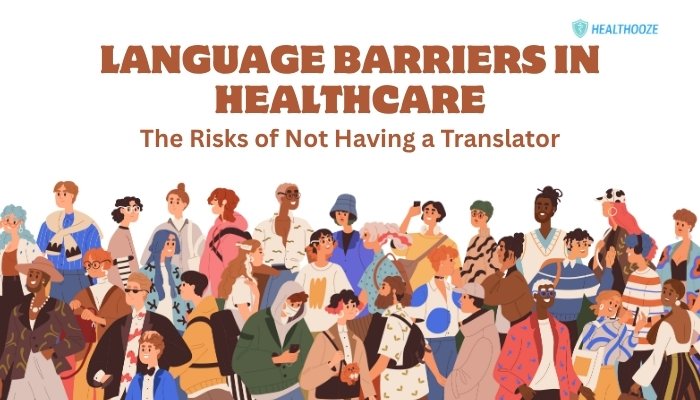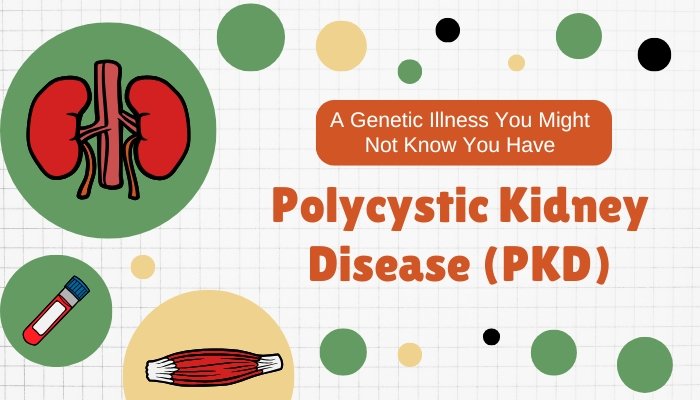Introduction
In a diverse and multicultural society, medical staff encounter patients who do not speak the predominant language, or speak it only minimally. When health information and care instructions are lost in translation—or not translated at all—patients face misdiagnoses, improper medication use, or even life-threatening errors.
While some facilities offer professional interpreters, many still rely on ad hoc measures like bilingual relatives, leading to inaccuracies. This article explores the dangers of language barriers in healthcare, how it jeopardizes patient outcomes, and what steps can ensure clearer communication for all.
Why Language Matters in Healthcare
Complex Terminology
Medical terms are dense even for fluent speakers. For patients with limited language proficiency, deciphering technical jargon or complicated instructions (e.g., dosage schedules, post-operative care) can be overwhelming, increasing the likelihood of misunderstandings.
Cultural Sensitivity and Nuance
Communication breakdowns aren’t just about words—cultural nuances, idioms, or nonverbal cues shape how patients convey and comprehend symptoms. Without mindful interpretation, providers might overlook essential details or inadvertently cause offense.
Confidentiality and Trust
Some patients hesitate to share personal or sensitive health information unless they feel confident it will be interpreted accurately and discreetly. If a friend or family member acts as interpreter, patients might withhold crucial details out of embarrassment or privacy concerns.
Consequences of Poor Communication
Medical Errors
When language barriers block accurate symptom descriptions or instructions:
- Misdiagnosis: Doctors may guess incorrectly if a patient can’t articulate their pain’s location or nature.
- Medication Mistakes: If a patient misreads or mishears dosage instructions, overdose or underdose risks spike.
- Procedure Delays: In ambiguous cases, providers may scramble for clarifications or postpone surgeries, complicating timelines.
Reduced Patient Satisfaction
Feeling misunderstood or dismissed leads some patients to distrust care providers, skip follow-ups, or avoid preventive screenings altogether. This ripple effect can worsen chronic illnesses or delay early detection of serious conditions.
Higher Healthcare Costs
Complications from errors, repeated appointments, or avoidable hospital readmissions burden both patients and the system. Studies show that bridging language gaps significantly lowers costly miscommunications and redundant testing.
Key Approaches to Bridging the Gap
Professional Medical Interpreters
- In-Person Interpreters: Ideally, facilities keep certified interpreters for major languages. Trained interpreters comprehend medical terminology, ensuring precise conversions.
- Telephonic or Video Interpretation: For less common languages, remote services provide immediate 24/7 assistance.
- Avoid Untrained Helpers: Friends or family might omit or soften crucial details, whether intentionally or unknowingly, diminishing accuracy.
Culturally Competent Staff
Encouraging doctors, nurses, and front-desk workers to undergo cultural competency training fosters better empathy for patients with limited language proficiency. Simple changes, like speaking at a slower pace or using plain terms, significantly help.
Accessible Materials
- Translation of Forms and Labels: Creating discharge instructions, consent forms, and medication guides in multiple languages.
- Visual Aids: Illustrations can transcend language barriers, clarifying dosage steps or procedure outlines.
- Digital Tools: Patient portals with multilingual user interfaces and easy appointment scheduling are important expansions in modern healthcare solutions.
Overcoming Practical Hurdles
Time and Resource Constraints
Long waits or underfunded interpreter programs can hamper immediate assistance. However, investing in professional language services reduces repeated visits and legal liability.
Policy and Legislation
Many regions mandate language assistance for patients with limited language proficiency—particularly if providers receive public funding. Implementing these policies consistently ensures patient rights are upheld.
Cultural Acceptance
In communities where bilingual family members or staff volunteers have historically interpreted, introducing professional interpreters can meet resistance. But clarifying the confidentiality and accuracy benefits fosters acceptance.
Empowering Patients and Providers
Self-Advocacy
Patients can request interpreters or explain their language needs at scheduling. If in doubt, they should clarify medication usage or instructions, repeating back to confirm correct understanding.
Training and Support
Frontline staff (like receptionists) should be aware of the location or phone numbers for interpretation services. Nursing or medical curricula can integrate active listening and cross-linguistic skills to minimize confusion.
Partnerships
Community organizations might partner with hospitals, offering additional language resources or culturally informed outreach. This synergy speeds up trust-building between providers and minority groups with unique language barriers.
Conclusion
Language barriers in healthcare, when unaddressed, threaten accurate diagnoses, medication safety, and patient satisfaction. Clear communication lies at the heart of good medical care—ensuring that symptoms, instructions, and cultural nuances are faithfully exchanged. With professional interpreters, culturally competent staff, and accessible materials, providers and patients can collaborate to circumvent misunderstandings and reduce potential harm. Ultimately, by acknowledging and acting on the needs of non-English speakers or those with limited language proficiency, healthcare systems become more equitable, safer, and truly patient-centered.
References
- Flores G. The impact of medical interpreter services on the quality of health care. Pediatr Rev. 2005.
- Jacobs EA, Shepard DS, Suaya JA, Stone E. Overcoming language barriers in health care: costs and benefits of interpreter services. Am J Public Health. 2004.
- Office of Minority Health. National standards for culturally and linguistically appropriate services in health and health care. (CLAS) 2013.






